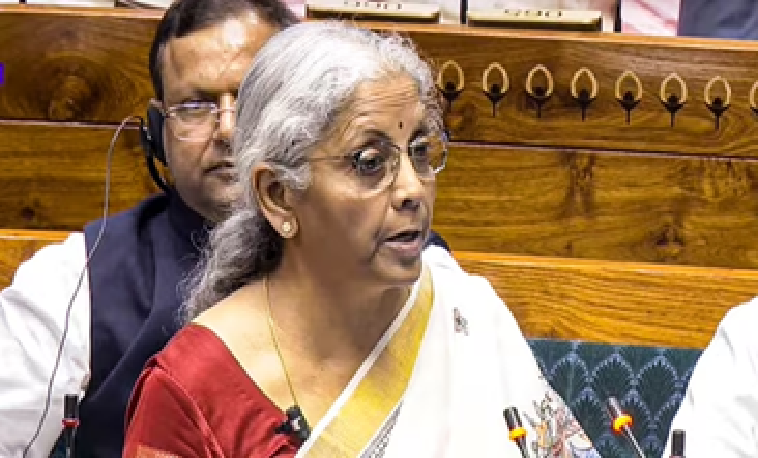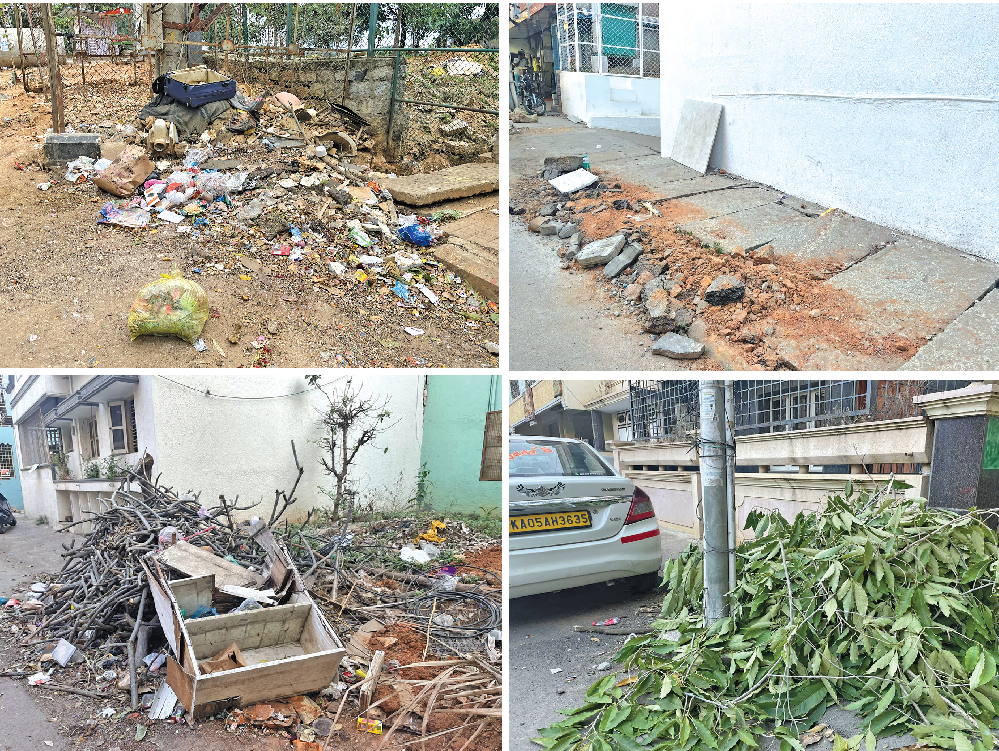
A call for continuous fight against street harassment
Sowmya Raju | NT
Bengaluru: At the age of seven, Aakanksha, the founder of It's Not a Compliment Australia (INAC), faced her first encounter with street harassment in Bengaluru.
This unsettling experience, all too common for many, marked the onset of a pervasive issue that often begins in childhood, taking various forms such as racism, ableism, communalism, casteism, homophobia, and classism.
Despite her commitment to global social justice issues, Aakanksha's journey took a turn as she cofounded INAC Australia, grappling with barriers as a first-generation migrant and woman of colour.
This struggle prompted a reevaluation of her work, leading her back to India, where a realisation emerged—there was an immediate need for initiatives combatting street harassment amidst gender-based violence, reluctant law enforcement, casteism, socio-economic disparities, and strained legal system.
Aakanksha's dual experiences in India and Australia underscored significant disparities.
She emphasised, "Of the several differences between India and Australia in street harassment, there is higher inequality in India, and civic sense is higher in Australia compared to India."
As we celebrate International Women's Day today, Aakanksha reflects on the fact that there is no point in celebrating women for one day and not doing anything about it, for, the celebration of women and equality is an ongoing process.
She also said, “I don't dislike Women's Day, but how can one day be enough? Instead why can't we celebrate World Equality Day every day and all these factors “given to” women today such as equality, respect, dignity and so on be weaved into the fabric of the society we live in?”
A disconcerting report by im4change.org revealed that 80 per cent of women commuters in public transport face regular sexual harassment, with only 1 per cent reporting such incidents.
Such shocking statistics spurred the establishment of it's INAC India, aiming to advocate for underrepresented individuals through an intersectional approach.
 English daily published in Bengaluru & Doha
English daily published in Bengaluru & Doha






